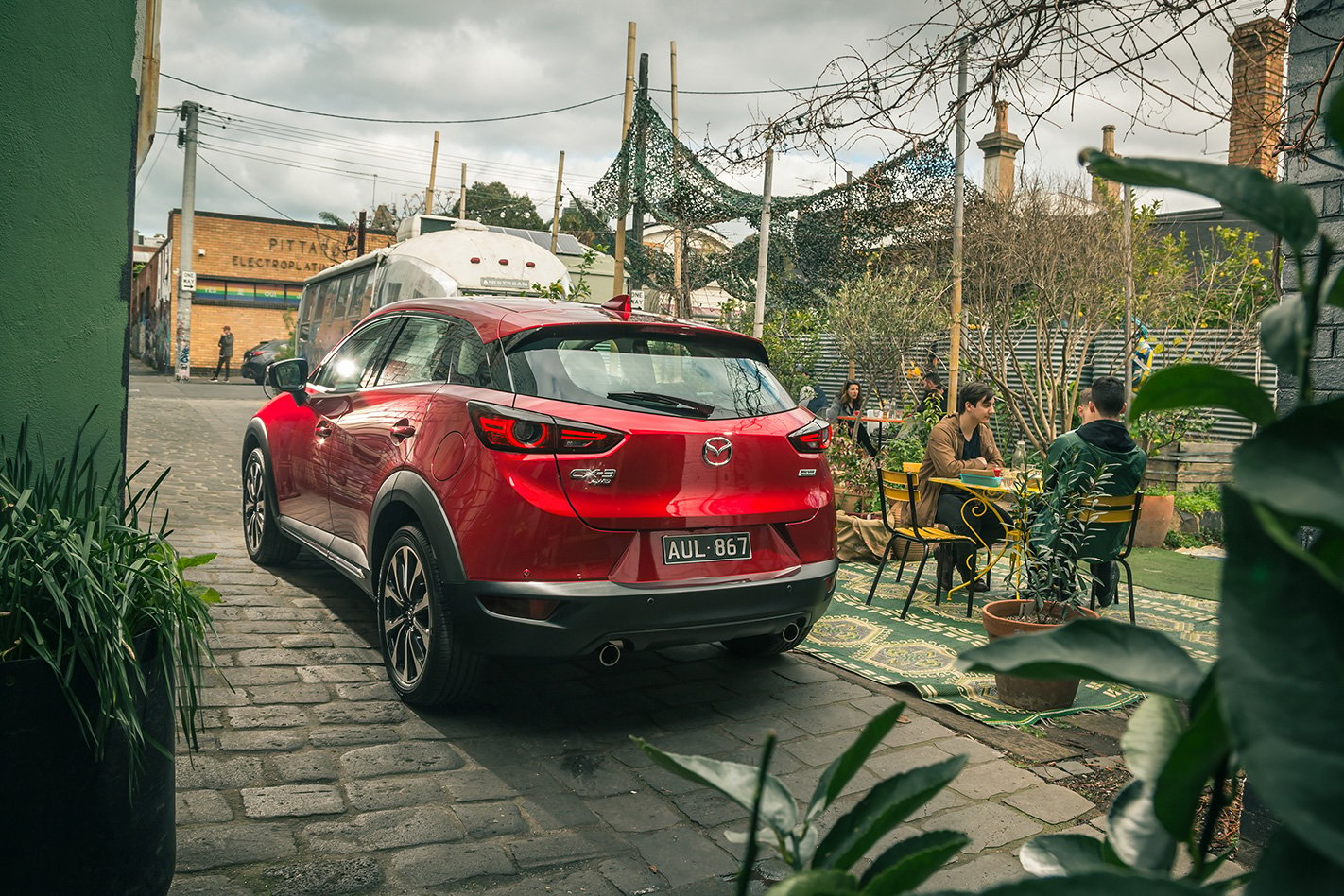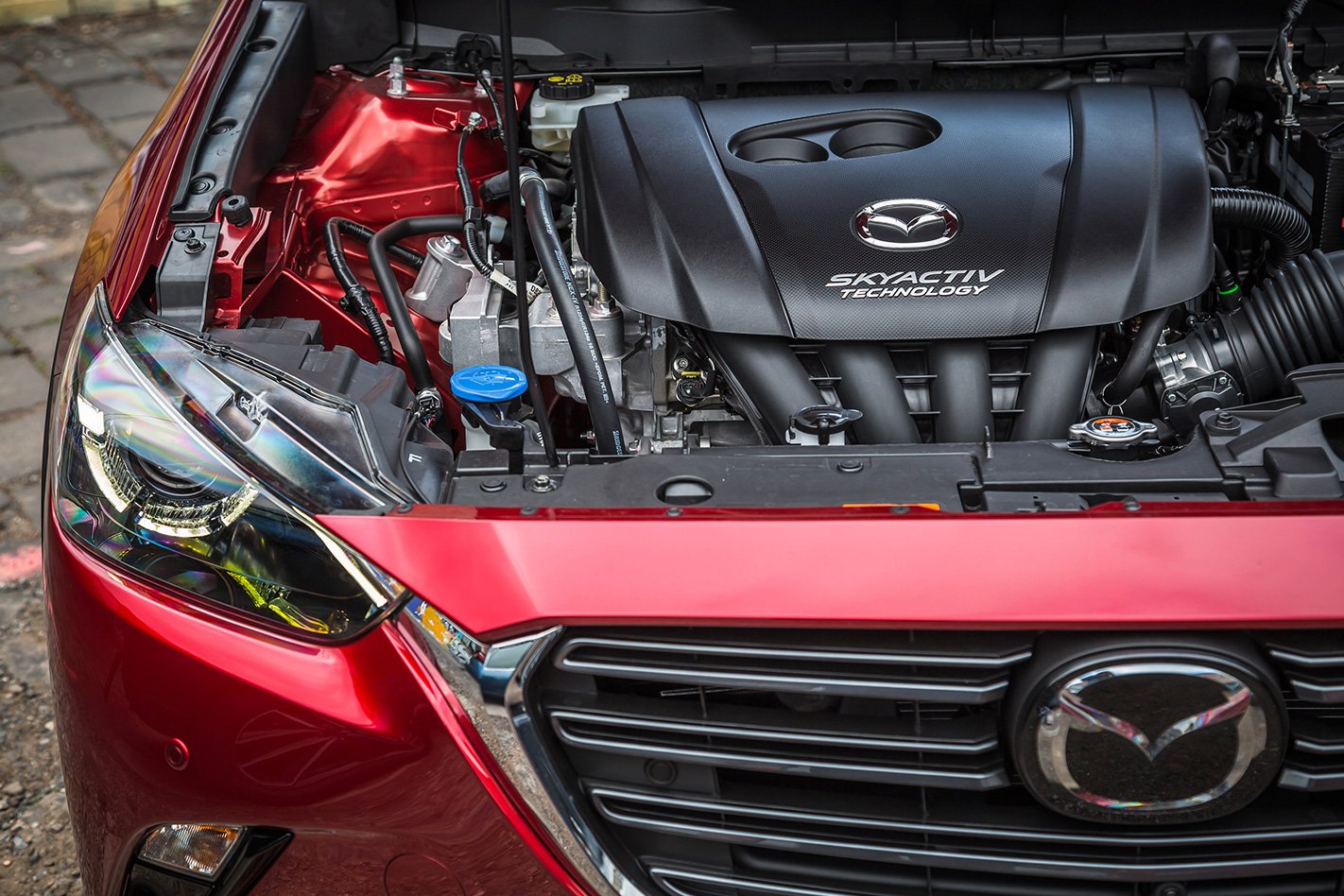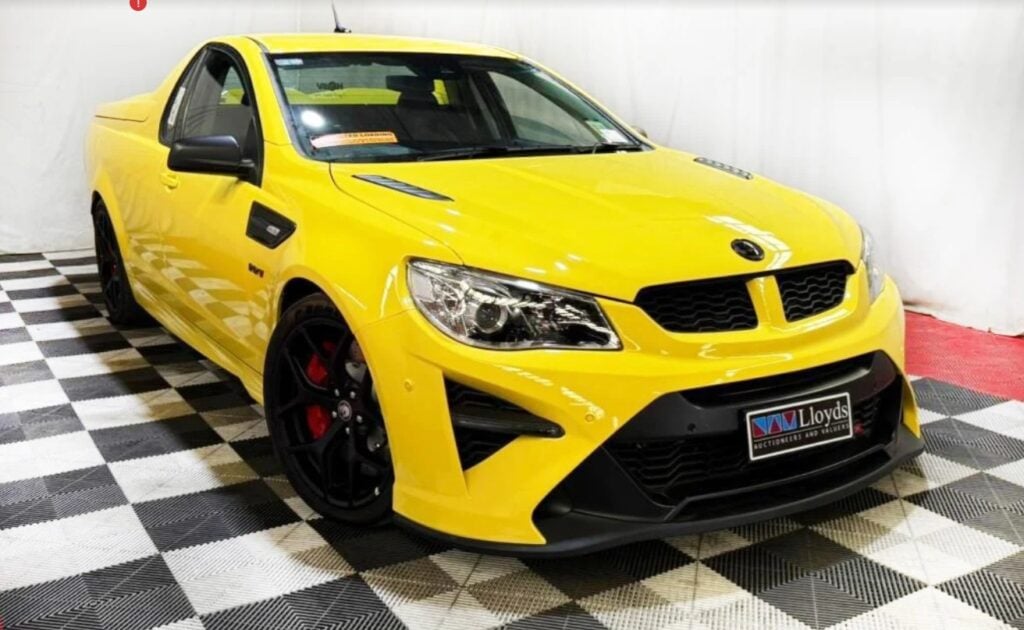
Mazda has treated its popular CX-3 small SUV to a mid-life update, which has increased pricing by up to $1300 but now includes on-road costs and a flurry of new features and equipment.
The update also brings a reshuffle of the variant pack with the entry Neo now replaced by the Neo Sport, Maxx gets the same treatment with a Maxx Sport successor, while a pair of Akari LE variants will represent a new flagship of the line-up above the ongoing Akari toward the end of the year.
Pricing kicks off from $21,790 before on-road costs for the entry manual Neo Sport, which represents a $1300 increase over the discontinued Neo. However, with a driveaway price of $23,990 and the addition of reversing camera and MZD information and entertainment screen, Mazda says the CX-3 is now better value.

For now, the Akari is the most generously equipped and expensive starting at $33,990 driveaway. Below it, the sTouring kicks off from $28,740, while the Maxx Sport costs from $25,490. Adding an automatic transmission costs $2000 in all cases, and all but the Neo Sport are available in either front or four-wheel drive.
Every CX-3 in the updated range gets a revised centre console which replaces the manual park brake with an electric version. The adoption of a switch over a lever has freed up more storage space and allowed the inclusion of a centre arm rest. The Command Controller has been relocated to a more ergonomic position.
There’s a mild redesign for the grille of all variants, while the re-sculpting continues to the rear lights of the higher-grade sTouring and Akari versions.

Higher-spec versions have even more kit with Maxx Sport and above, gaining a pair of cup holders in the rear seat folding arm rest. Comfort is boosted by a different urethane seat cushion filling. For the more expensive models, the new cushions are upholstered in full leather, not the part-synthetic covering as before.
Opt for the sTouring or Akari and your CX-3 will roll on the largest 18-inch wheels which feature a new design and are said to absorb more high-frequency noise and road vibrations.
At the top of the pack, the Akari gets a 360-degree camera and adaptive cruise control added to its list of standard equipment, which operates down to stop-and-start traffic.

Petrol versions continue to be powered by a 2.0-litre naturally aspirated four-cylinder which has been revised to produce an almost negligible output increase to 111kW and 195Nm.
There’s more significant news for diesel power however, with the previous 1.5-litre unit growing to 1.8 litres and taking power up to 85kW from 77kW. Torque is unchanged at 270Nm but is now delivered more readily from just 1600rpm.
The new engine is more refined and responsive, says Mazda and improves efficiency by 0.1-litres per 100km with an economy figure of between 4.7L/100km and 5.1L/100km depending on the variant and drive train.
As before, the CX-3 is offered with choices including six-speed manual or an automatic with the same number of gears.
A number of minor chassis enhancements also arrive with the update including an electric power steering revision, new anti-roll bar and damper rates. The CX-3’s panels and glass have also been thickened in places to cut cabin noise, but has increased kerb weight.




